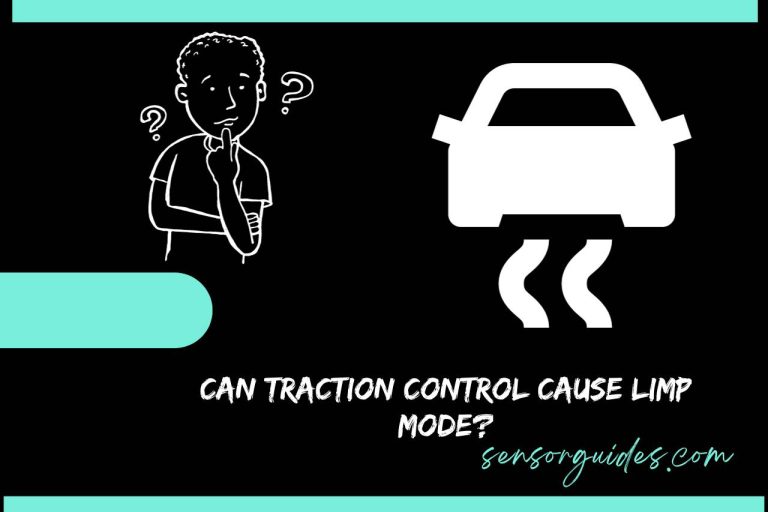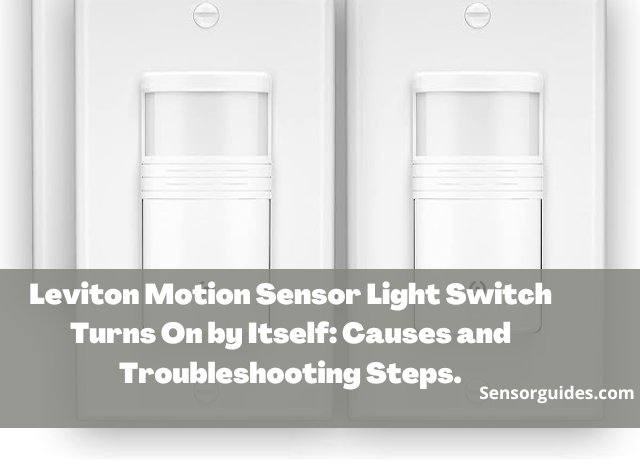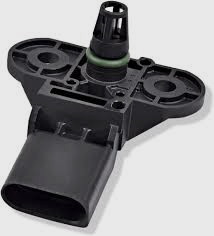Symptoms of a Bad Clutch Position Sensor – Learn the Warning Signs!
Understanding the symptoms of a bad clutch position sensor is crucial for maintaining the optimal performance of your vehicle. This component is essential for smooth gear shifts and efficient engine operation since it is used to determine the correct clutch position on the master cylinder or bearing. A malfunctioning sensor not only disrupts your driving experience but also impacts fuel efficiency and vehicle safety. Thus, it is worth knowing the signals that a bad clutch position sensor shows. In this guide, our focus is to equip you with the knowledge needed to identify and address this often-overlooked yet vital part of your car, enhancing your vehicle’s longevity and ensuring a smooth, safe driving experience. So, stay tuned as we navigate the intricacies of clutch position sensors and their impact on your vehicle’s health.
Symptoms of a Bad Clutch Position Sensor
Symptoms of a bad clutch position sensor include inconsistent clutch engagement, difficulty in shifting gears, and a decrease in fuel efficiency.
These symptoms are critical indicators that the sensor, which plays a pivotal role in managing the clutch’s engagement and disengagement, is malfunctioning. So, check the following detailed points.
- Inconsistent Clutch Engagement: A failing sensor often leads to the clutch not engaging or disengaging smoothly. This can manifest as jerky movements or a delay in response when the clutch pedal is pressed.
- Difficulty Shifting Gears: When the sensor doesn’t accurately relay the clutch’s position, it can become challenging to shift gears. This might result in a grinding noise or resistance when trying to change gears.
- Decreased Fuel Efficiency: A malfunctioning sensor can cause the vehicle to consume more fuel. This is due to the engine and transmission not synchronizing efficiently, leading to higher fuel consumption.
- Malfunctioning Engine: Sometimes, the engine will not respond, although the key is in the ignition.
- Illuminated Check Engine Light: Often, a bad clutch position sensor will trigger the check engine light on your dashboard. This is a tell-tale sign that something is amiss with the vehicle’s transmission system. Some modern vehicle models can show error codes, too.
- Unusual Noises: Listen for any strange noises coming from the transmission or clutch area, which could indicate sensor issues.
It’s crucial to address these symptoms promptly to avoid further damage to the vehicle’s transmission system. Remember, a well-functioning clutch position sensor is essential for the smooth operation of your vehicle’s transmission and overall driving experience.
What Causes a Clutch Position Sensor to Fail?
A clutch position sensor can fail due to wear and tear, exposure to extreme temperatures, electrical issues, and physical damage. If you periodically maintain the vehicle, these causes can be identified early.
Let us explain each cause in detail.
- Wear and Tear: Over time, the clutch position sensor can wear out, especially in vehicles with high mileage. Continuous use leads to degradation of the sensor’s components, impacting its functionality.
- Extreme Temperatures: Exposure to both high and low temperatures can affect the sensor’s performance. Extreme heat can cause the sensor to overheat, while cold temperatures can lead to brittle wires and connections.
- Electrical Issues: Problems with the vehicle’s electrical system, such as short circuits or corroded connections, can also impair the sensor’s operation. Here, what happens is that the signal transmission between the sensor and the vehicle’s computer system is disrupted.
- Physical Damage: Accidents or rough driving can physically damage the sensor, causing it to malfunction. This includes impacts from road debris or wear from clutch pedal movements.
- Contamination: Oil leaks or the presence of dirt and debris can contaminate the sensor, leading to its failure. Such contaminants interfere with the sensor’s ability to accurately gauge the clutch’s position.

How to Fix a Bad Clutch Position Sensor?
To fix a bad clutch position sensor, the most effective approach involves diagnosing the issue, removing the faulty sensor, and installing a new one. But, in case the issue is caused by dirt or contamination, cleaning the sensor will be sufficient.
Follow these instructions if the sensor requires a replacement.
- Diagnose the Issue: Before proceeding, it’s crucial to confirm that the clutch position sensor is indeed the problem. This can be done using a diagnostic scan tool to check for any error codes related to the sensor.
- Access the Sensor: Secondly, locate the clutch position sensor, typically found near the clutch pedal. The exact location may vary depending on the vehicle model, so refer to the vehicle’s manual for guidance.
- Remove the Faulty Sensor: Disconnect the electrical connector attached to the sensor. Then, carefully remove the sensor from its position. This might require unscrewing or unclipping, depending on the design. You are advised to check the user manual for this step.
- Install the New Sensor: Place the new clutch position sensor in the same position as the old one. Ensure it is properly aligned and secured in place.
- Reconnect Electrical Components: Reattach the electrical connector to the new sensor. This re-establishes communication between the sensor and the vehicle’s computer system.
- Test the System: After installation, it’s important to test the clutch and gear shifting to ensure the new sensor is functioning correctly.
Replacing a clutch position sensor is a relatively straightforward task, but it requires some technical knowledge and familiarity with your vehicle’s specific model.
If you’re unsure about any step, it’s advisable to consult a professional mechanic to avoid any potential damage to the vehicle’s transmission system.






